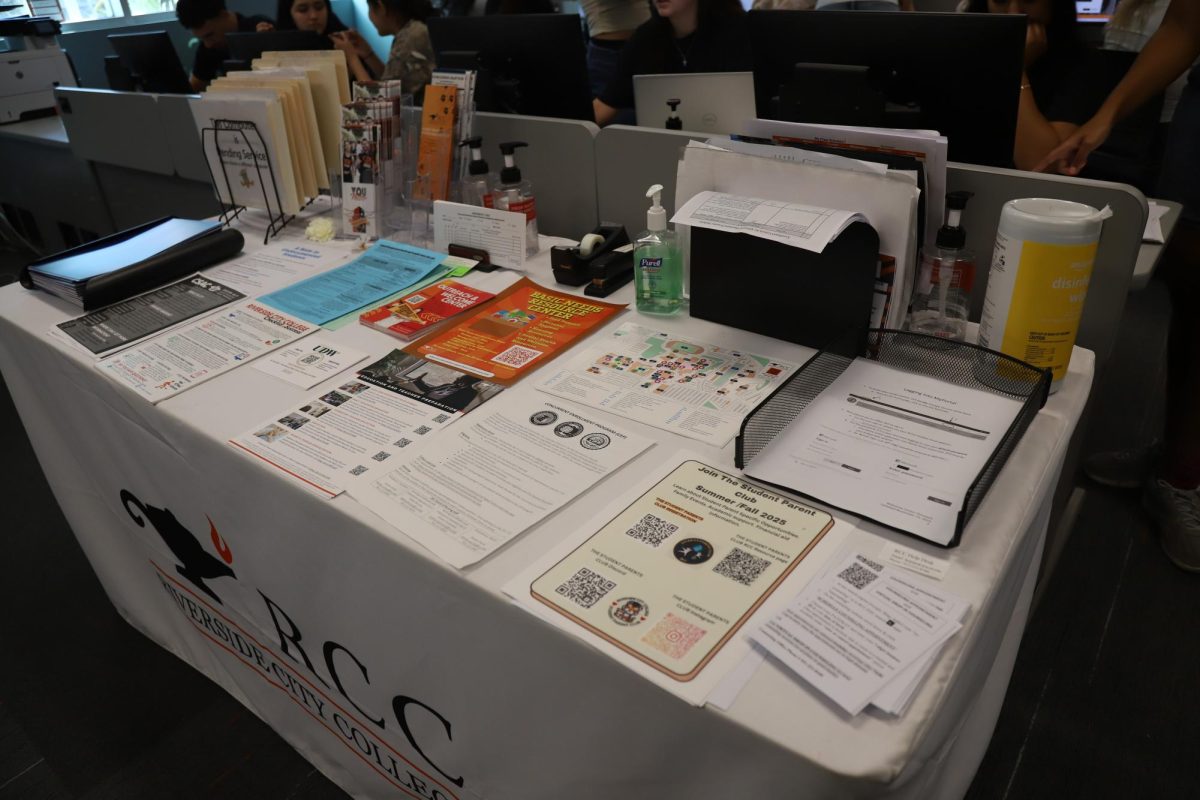Cherish Jones | Staff Writer
May 1, 2014
We’ve all seen the movies like I Robot, and Transformers or have had the dreams. You know the dreams about robots taking over the world or secretly replacing our loved ones.
Well, in today’s reality that possibility isn’t as farfetched. With technology rapidly advancing life’s tasks are becoming simpler and humans obsolete.
The robot invasion didn’t start with red eyed, human look a likes, doing a slow march toward the capital, and destroying everything in their path. In America it started with the Industrial Revolution of the 18th and 19th century and has grown so much more over the years.
Robots, or advancing technology are being used for anything from assessing bomb threats to writing news articles.
People tend to accepting of the use of robots when robots are used to replace people in dangerous jobs, or the direct benefits positively affect the workers and not just the owner’s business expenses.
Robots offer something that no human ever can, and that is the ability to continuously work without needs. The fear of robots creating a union, or owners being required to pay them minimum wage is none existent.
Smaller business that don’t have large corporations funding them eventually won’t be able to compete with corporations that do and will be forced to sell or end up in bankruptcy.
On top of that robots are replacing average minimum waged jobs, predominantly in factories. Companies such as Foxconn, Amazon, and even Google are in the works of replacing their factory workers with robots, some have already.
Combined with not requiring human needs, machinery is the result of years of research, by hundreds of people. So, companies aren’t just getting one robot but rather the productivity of hundreds of workers.
In order for one person to be able to offer the knowledge that a robot can they would have to pursue higher learning and make themselves indispensable.
Even then a person may not be able to compete with a robot and might have school loans they can’t pay off because the job they worked toward is no longer available to them.
For those of you blaming outsourcing for higher unemployment rates, China is experiencing the same problem. It doesn’t matter where the factory is located if robots are the only employees.
If people aren’t working, they are not earning money to feed back into the economy. These circumstances result in companies producing less because people cannot afford to the products companies produce. It is the worst kind of economic unemployment, which is cyclical unemployment.
Cyclical unemployment is when companies don’t have a high enough demand for their products so they lay off labor to help compensate their loss.
It was most recently experienced during the 2008-2010 recession, and most notable experience during the Great Depression in the 1930s.
Back then the only solution was government spending, and government bailouts.
The Trouble Asset Relief Program of 2008 gave banks billions in order to fight the mortgage crisis and prevent millions of people from losing their houses. The banks instead gave their employees bonuses and millions of people had their houses foreclosed on.
The only way to come out of cyclical unemployment is government assistance, and unselfish business owners. In a perfect world that might be possible.
However, robots in factories aren’t necessarily a means to the end. If robots are working the crummy jobs that people don’t really want, it forces society as a whole to raise the requirements of basic education.
There are many jobs robots can’t replace such as engineers, lawyers, architects, politicians or physicians. Life similar to the Jetsons cartoon is possible, but things are going to get a lot worse before they get better.






